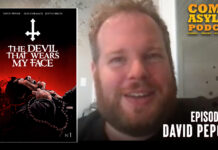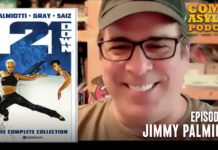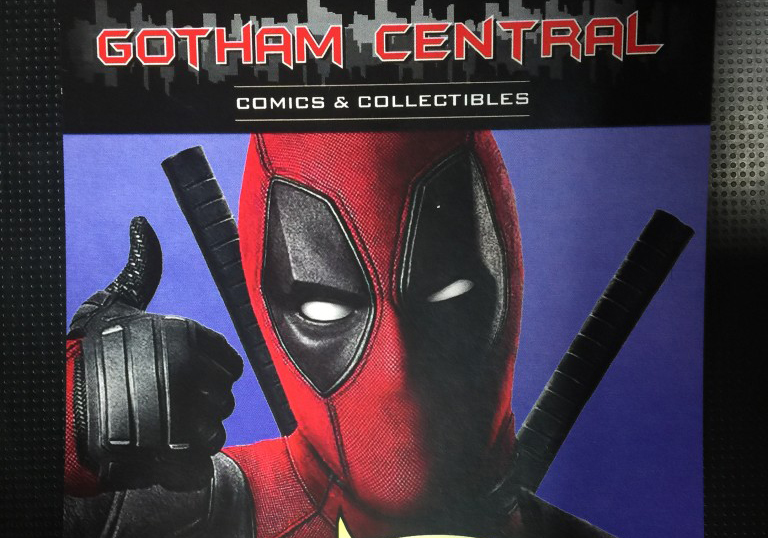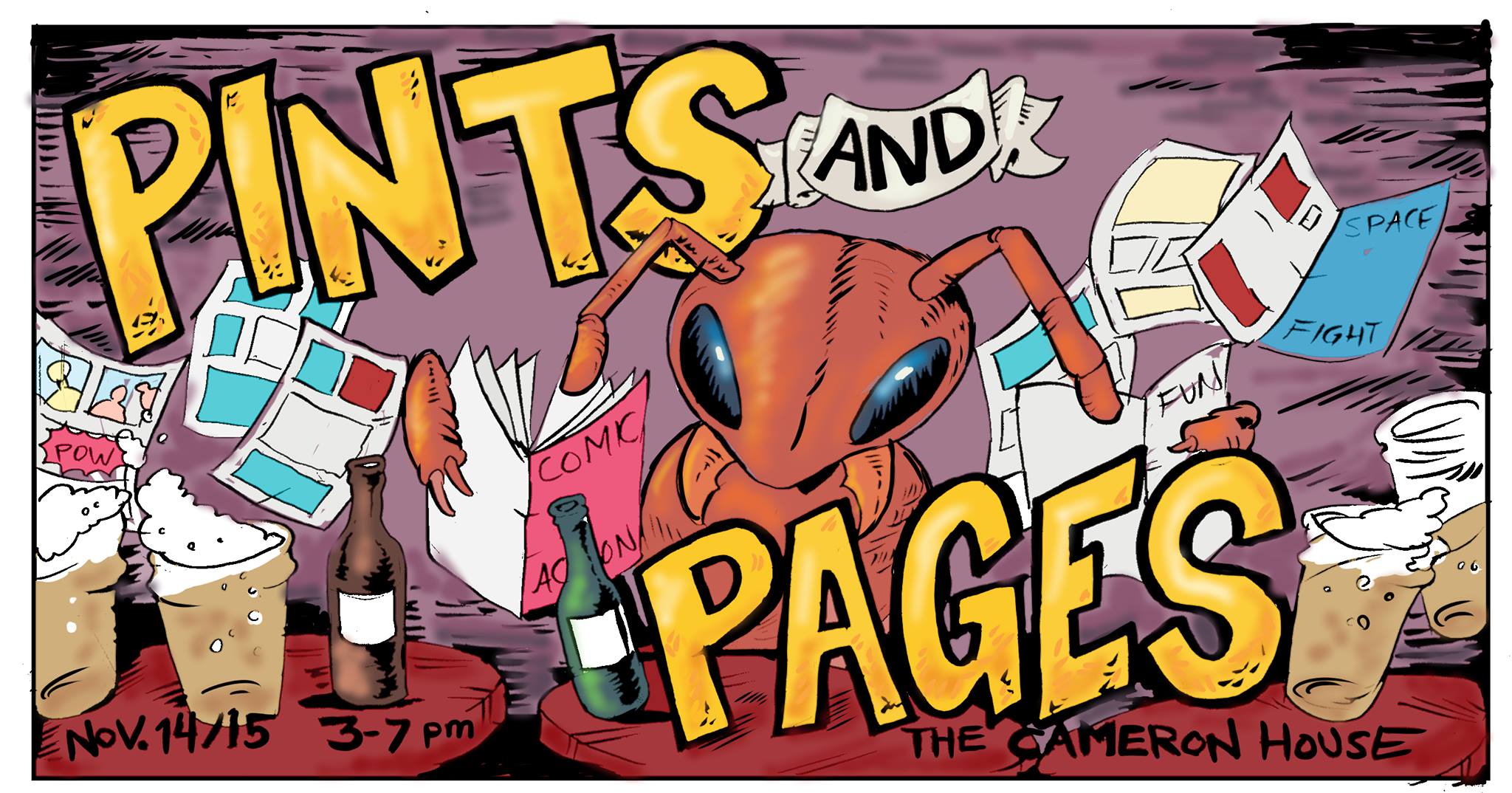We are currently living in a global recession and times are tough; unemployment is high, manufacturing is disappearing from the economic landscape, and several European nations are teetering on the brink of payment default, which threatens to drop a full depression bomb on the global economy. Add to that the frustration many people feel when governments give bailout packages to save the financial sectors, only to watch gobsmacked when the CEOs give themselves raises. It’s certainly understandable why people would want to send a message to those in the 1%. But what if those who comprise the 1% are such monsters that they couldn’t care less and are happy to keep you down?
Now that I’ve fired you up, depressed you, it seems fitting to look at a film whose setting is eerily similar to our current situation of turmoil and uncertainty; fears of a declining economy, a culture of greed and conspicuous consumption common among Americans in the 1980s, but with a more sinister agenda. Such is the premise for John Carpenter’s They Live.
Times are tough all over America; the wealth gap between rich and poor makes the Grand Canyon look like the crack that appears in your driveway every spring. Factories are closing down, unemployment is high, and there are shantytowns in every city across the States. Nada, played by wrestler Roddy Piper, is a quiet drifter who arrives in Los Angeles to find work at a construction site. Frank, played by Keith David, another worker, takes him to a nearby shantytown and soup kitchen for a hot meal and a bed for the night. Nada notices odd behaviour at the church across the street and when he investigates, discovers a pair of special sunglasses. When he puts them on, Nada realizes the population is bombarded with subliminal messages in all media formats with imperatives like “Stay Asleep”, “Obey”, “Do Not Question Authority”. Even scarier is the fact that he is able to see those in charge of keeping humans subjugated. Here he becomes the man on the run and demands help from Holly (Meg Foster), a semi-femme fatale who may or may not be on Nada’s side.
The first half of the film wades through a lot of paranoia and uncertainty, then changes gears into an action film, as Piper shoots his way through the rest of the film with Schwarzenegger-like one-liners. Arguably, the best line in the film occurs in one particular scene where Nada enters a bank, fully armed. He looks upon the crowd and calmly announces, “I have come here to chew bubble gum and kick ass… and I’m all out of bubblegum.”
While not an initial commercial success, They Live debuted at #1 at the Box Office and grossed just over $4 million on its opening weekend, essentially breaking even with the production budget. Since its release the film has become a cult hit, with a rating of 88% on Rotten Tomatoes. That being said, I’m more impressed with director John Carpenter and what he does with what he has, namely small budgets, good stories and solid casting. Roddy Piper is not a great actor, though his theatrics carried him to stardom in wrestling’s heyday during the 80’s. He does bring a ruggedness to the role that lends credibility to the fact that Nada has seen a lot in his time and has been dumped on by life. Keith David, who was in Carpenter’s The Thing, is another fine choice. Keith holds his own in the not quite traditional sidekick role, and he and Piper engage in a brutal five and a half minute alley fight that is arguably the best in the film.
I also admire Carpenter for his sense of style. His recurring techniques which include minimalist lighting and cinematography, lots of static and steadicam shots, and distinctive, often self-composed synthesized scores, are synonymouswith his films. Not many people might realize this is the same director who made Halloween, The Fog, Escape from New York, The Thing, Christine, Starman, and Big Trouble in Little China,among others. He allows the audience to absorb what’s going on without him having to resort to fast editing, sweeping camera shots and an abundance of expensive special effects. Carpenter was once quoted as saying that he was influenced by Howard Hawks and Alfred Hitchcock. This allows the audience to focus on the characters and the mise en scene, which is not necessarily a bad thing.
Carpenter isn’t shy about offering an opinion in his films. With They Live, he examines the increasing commercialization of popular culture and politics in the 1980’s; the ubiquitous advertising we have become so used to is almost strange and unsettling when we don’t see them. As a society, we have bought into a perceived urgency to continually buy the latest and greatest goods and services, so much so that not spending our money seems unthinkable. We have become so wholly immersed in a disposable world, that it seems silly that buying new is cheaper than having the older item repaired. If we easily discard an item so quickly, does that mentality extend into other aspects of our lives? Have relationships also become disposable? We don’t like our present partner, so we drop them and find a younger, better model?
It’s interesting how many of these ideas seem to ring truer than ever today with vulgar displays of greed (think Enron, Wall Street execs, etc.) on one side and those opposed, the Occupy movement, on the other. I suppose the only difference between our world and the film is that the strings in our world aren’t being pulled by wealthy, fascist ghouls.
Or are they?
Timecode Classics is a regular feature in each issue of Comix Asylum Magazine.





























